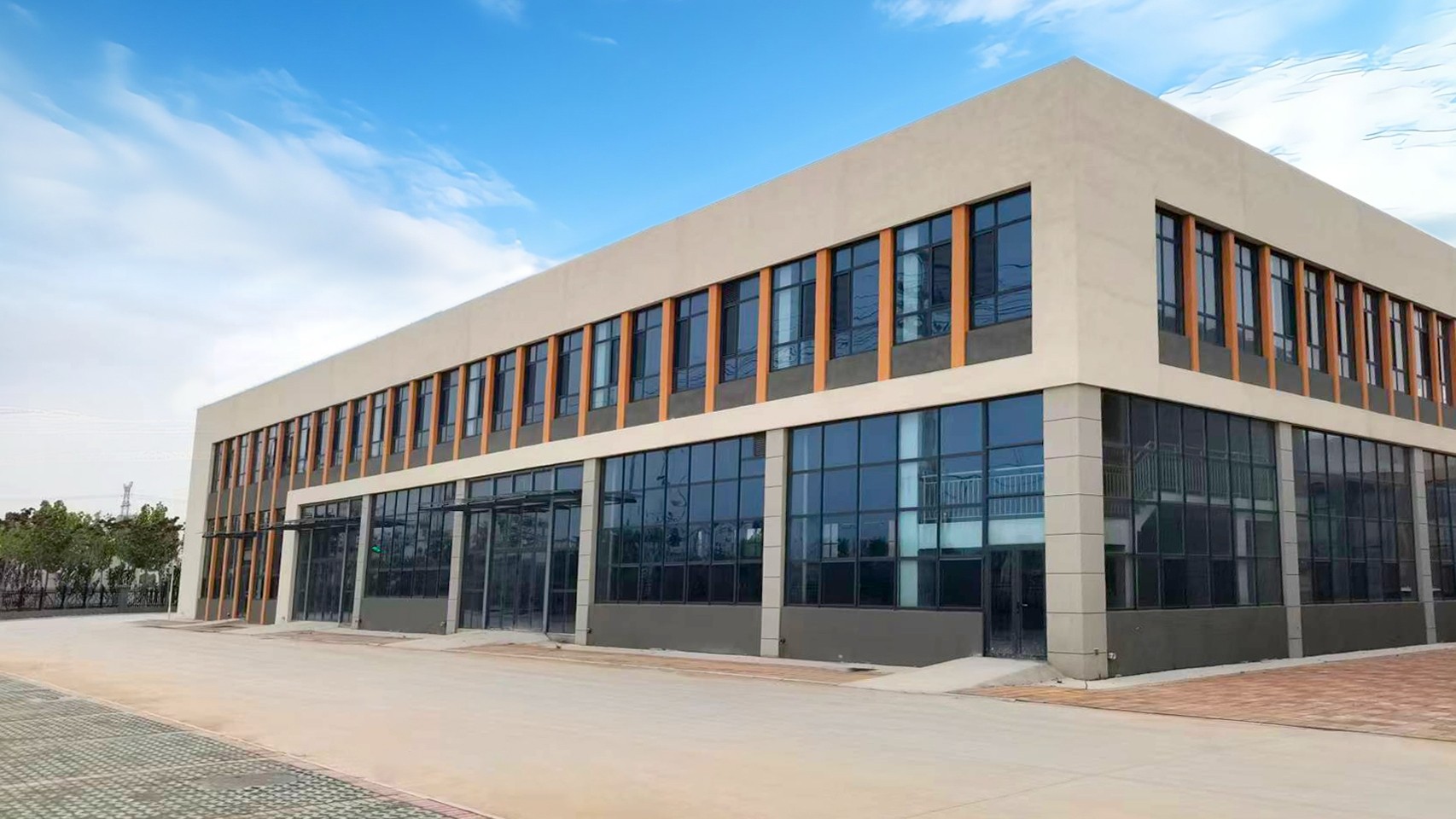- By Admin
- 东营天琪科技有限公司
-
Construct Ion
-
0 Comments
- News
- 413
Lifting drones: the new star of modern logistics and engineering
With the rapid development of science and technology, drone technology has gradually penetrated from simple aerial photography and entertainment to multiple fields such as industry, agriculture, and logistics. Among them, hoisting drones, as an emerging aerial work tool, are changing the traditional methods of manual handling and heavy equipment transportation. This article will take you to an in-depth understanding of the technical principles, application scenarios, and future development trends of hoisting drones.
With the rapid development of science and technology, drone technology has gradually penetrated from simple aerial photography and entertainment to multiple fields such as industry, agriculture, and logistics. Among them, hoisting drones, as an emerging aerial work tool, are changing the traditional methods of manual handling and heavy equipment transportation. This article will take you to an in-depth understanding of the technical principles, application scenarios, and future development trends of hoisting drones.
What is a hoisting drone?
As the name suggests, a hoisting drone refers to a drone system with hoisting and transportation capabilities. Compared with traditional drones, hoisting drones usually have a larger load capacity, a more stable flight control system, and a special hoisting device. This type of drone can complete the grabbing, transportation, and precise delivery of objects in the air through ropes, electromagnets, or special clamps.
Core technologies of hoisting drones
1. High-power power system
Hoisting drones need to overcome the dual challenges of self-weight and load, so they are usually equipped with high-power motors and high-capacity batteries. Some industrial-grade models even use hybrid or fuel power systems.
2. Intelligent stability control system
Advanced flight control algorithms and multiple sensors (such as IMU, barometer, GPS/RTK) ensure the stability of the drone during the lifting process, and it can maintain stable flight even in the case of external wind disturbance or load swing.
3. Precision lifting mechanism
Depending on the application scenario, the lifting drone may be equipped with:
◆Electric winch system (for rope lifting)
◆Electromagnetic suction cup (for metal materials)
◆Mechanical gripper (for objects of specific shapes)
◆Vacuum suction cup (suitable for flat objects)
4. Obstacle avoidance and path planning
Lidar, visual sensors and ultrasonic systems help drones avoid obstacles autonomously in complex environments, and intelligent algorithms plan the optimal transportation path.
Application scenarios of hoisting drones
◆Construction and engineering fields
◆Logistics transportation
◆Material distribution in remote areas such as mountains and islands
◆Material transfer within the factory
◆Emergency medical material transportation
3. Agricultural applications
◆Large orchard harvesting
◆Agricultural materials delivery (such as fertilizers and feed)
◆Agricultural facility installation
4. Film and television production
◆Aerial transportation of heavy photographic equipment
◆Special shooting angles
Advantages of hoisting drones
◆High efficiency: bypassing ground obstacles, straight-line transportation greatly saves time
◆Low cost: lower deployment and maintenance costs than traditional lifting equipment
◆Flexibility: can operate in complex terrain and narrow spaces
◆Safety: reduce the risk of manual operations at high altitudes
◆Environmental protection: electric models have zero emissions and low noise pollution
Challenges and limitations
Despite the broad prospects, hoisting drones still face some challenges:
◆Battery life limit (usually 30-60 minutes)
◆Weather conditions (strong winds and rain limit flight)
◆Carry Limited weight capacity (most commercial models are currently in the 5-200kg range)
◆Regulatory restrictions (airspace management, flight permits)
◆High technical reliability requirements (especially for precision lifting scenarios)
Future development trends
Larger load capacity: New materials and new power systems will increase load capacity
Longer battery life: Hydrogen fuel cells, wireless charging and other technological breakthroughs
Smarter: AI technology enables fully autonomous operation
Cluster collaboration: Multiple machines collaborate to complete oversized transport
Standardization: Industry standards and regulatory systems are gradually improving
Conclusion
Lifting drones are showing great application potential in many fields with their unique advantages. With the continuous advancement of technology and the continuous decline in costs, we have reason to believe that this "air crane" will become a standard tool for many industries in the next decade. Whether it is an urban construction site or logistics in remote mountainous areas, lifting drones will bring more convenience and possibilities to human production and life.



